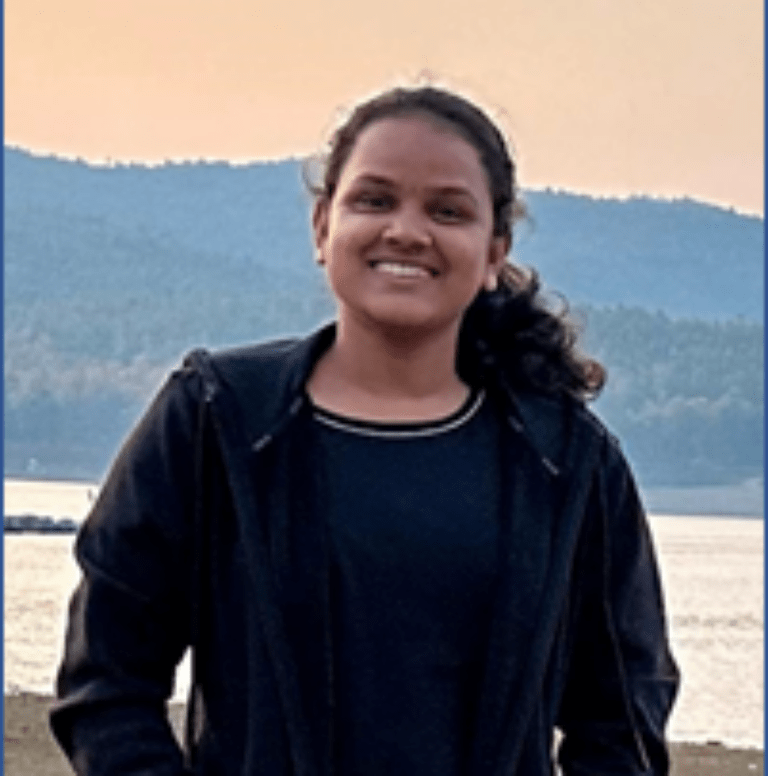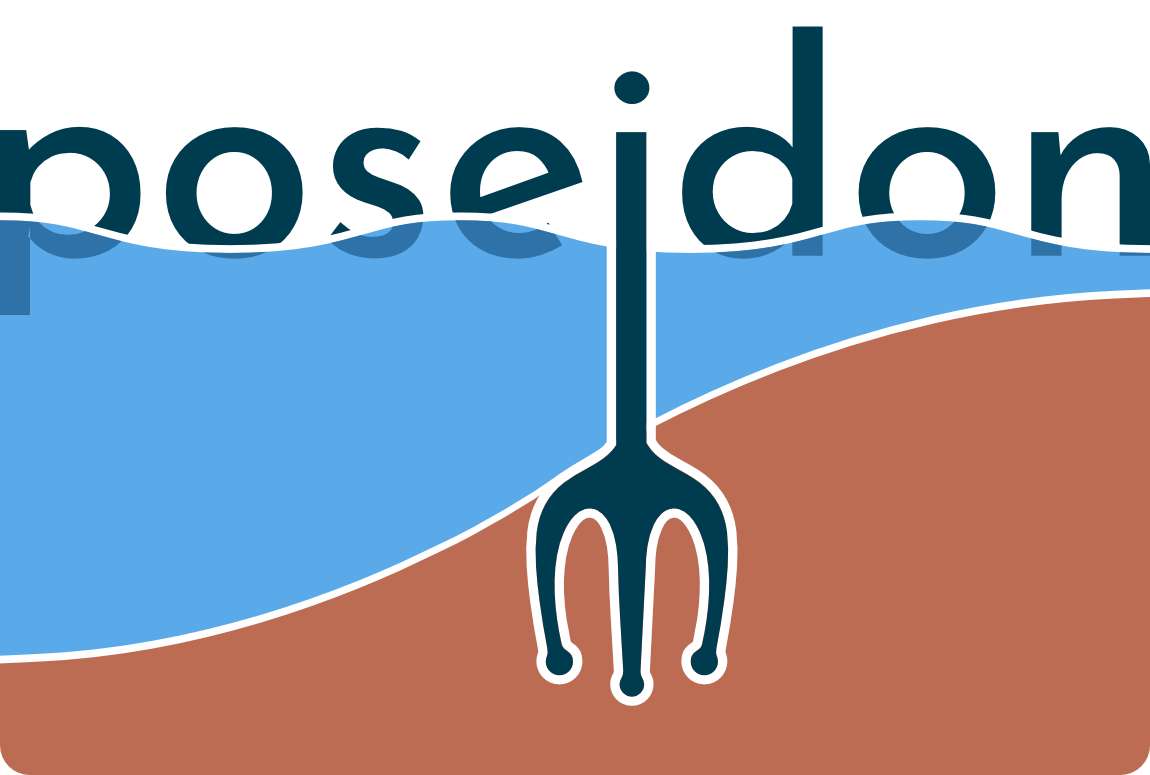Offshore acoustic high-frequency backscatter strength is widely used as a proxy for soil classification. Its accurate interpretation can lead to significant cost savings in exploration, enhance sampling strategies, and contribute to the study of seafloor natural phenomena. Due to its lower cost compared to traditional exploration methods, this approach is becoming increasingly valuable for offshore site assessments. Recent developments were able to mathematically estimate the correlation between the coefficient of reflectivity and sediment void ratio at low effective stress.
However, this geotechnical-based approach remains untested in natural environments. The Bay of Morlaix will serve as the primary test site, with the potential to extend these findings to other European-locations.
Specific objectives:
1. Validate this novel methodology by studying the interaction of acoustic backscatter with artificial and natural sediments.
2. Perform laboratory tests to determine reflection coefficients under controlled conditions.
3. Conduct a field campaign in a selected location to test this methodology in a natural well-characterized environment.
Expected outcomes:
1. Validation of a novel methodology to remotely quantify the interaction between acoustic backscatter and soil structure under low effective stress conditions.
2. Better understanding of soil classification and wave reflection at a large scale.
3. Develop guidelines for site exploration and streamline this methodology for various applications (offshore wind farms, sediment migration, etc.).




